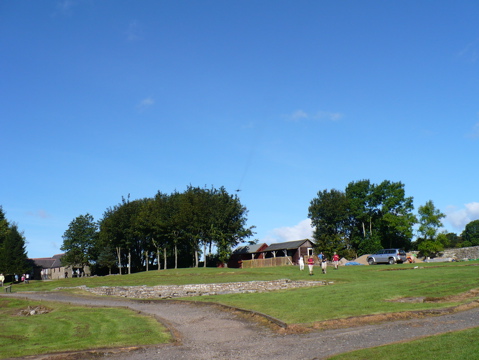British Museum 2
OK, it’s time to start catching up on my backlog of travel posts! The day after visiting Westminster Abbey, as it was a nice day I decided I’d go to Hampton Court Palace. Unfortunately it was too nice and I was sweating like a pig while standing in line at the ticket office at Waterloo, […]





